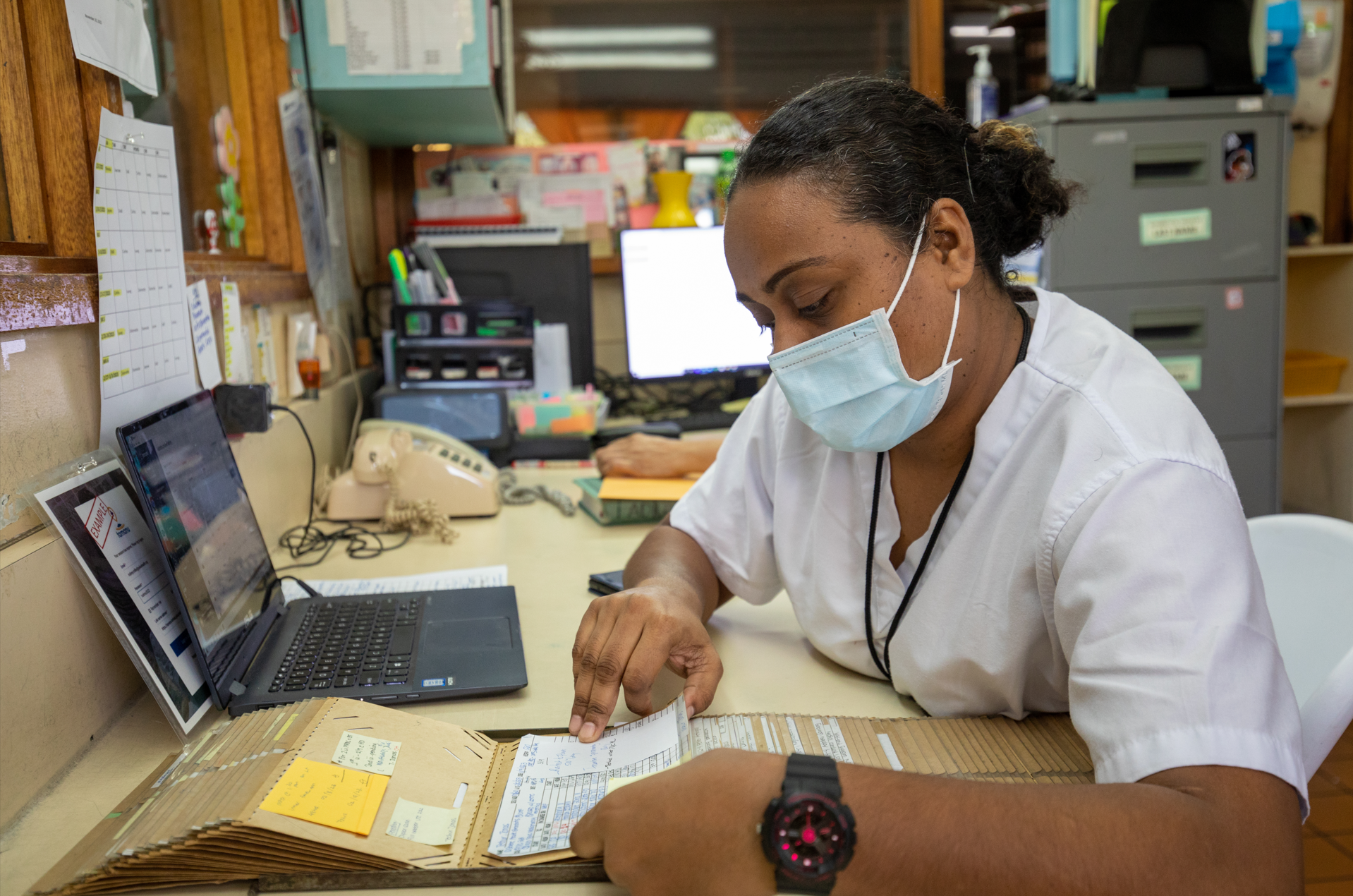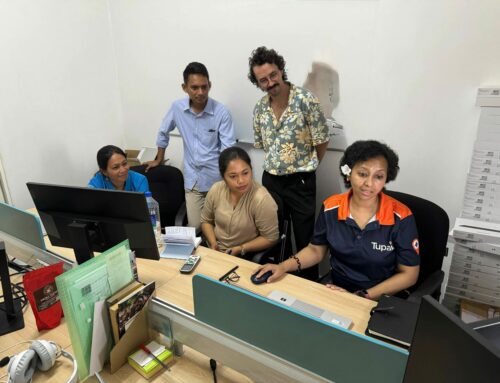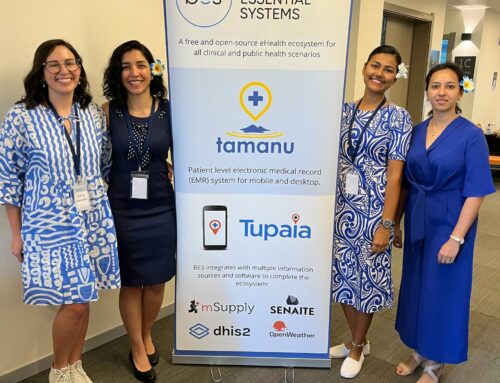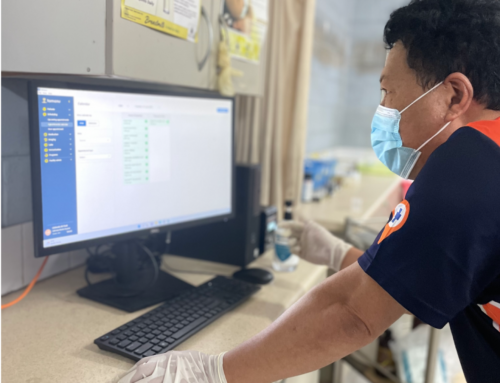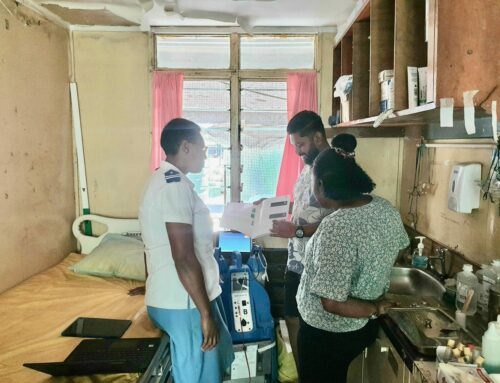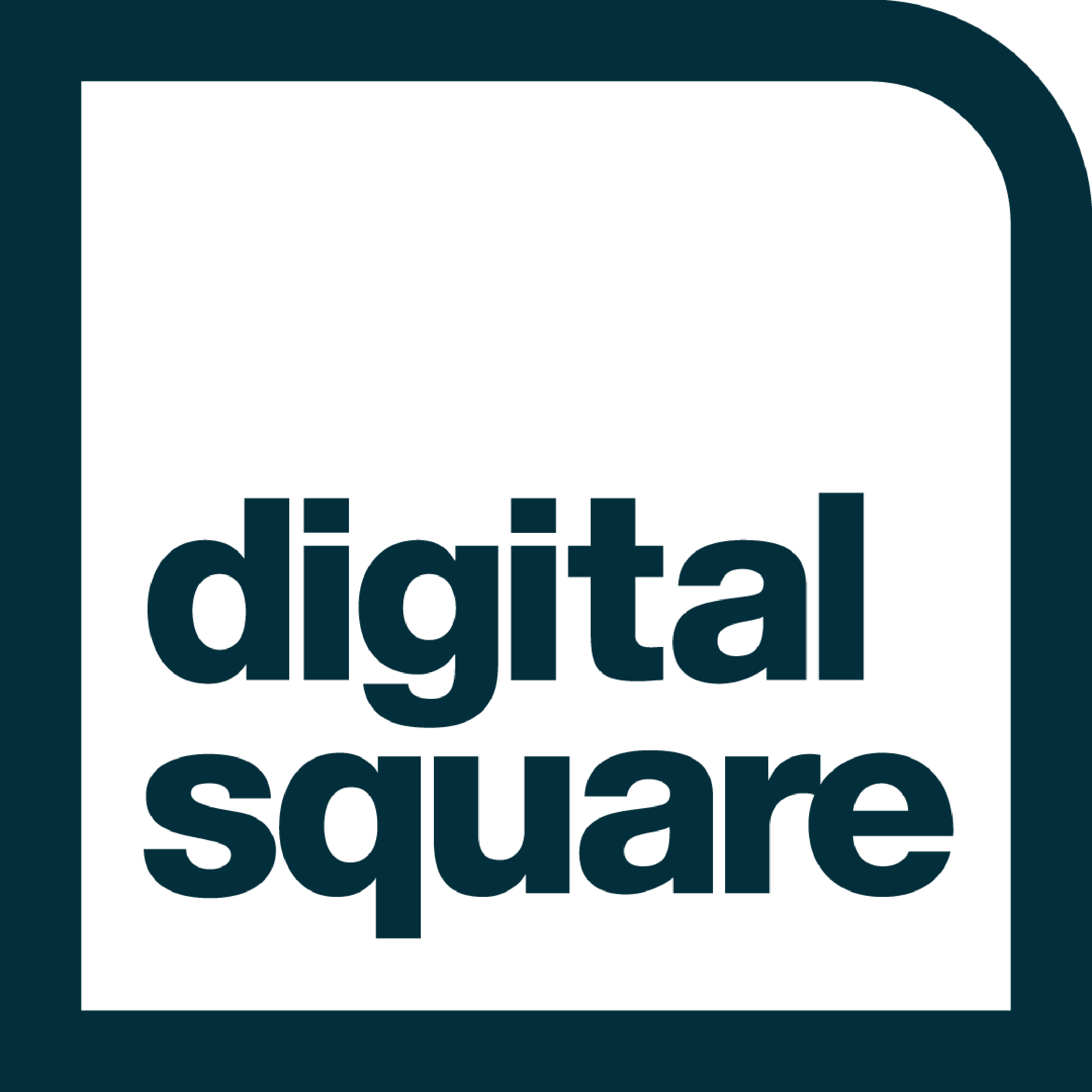BES are currently working with several countries on the implementation of disease surveillance and screening tools across the Pacific. One upcoming example is the implementation of the Fiji National Notifiable Disease Surveillance System in collaboration with the Fiji MHMS, Fiji CDC, and WHO.
Disease surveillance can take many forms – from syndromic surveillance, passive notifiable disease surveillance, active case finding during outbreaks, and disease-specific community-based screening. Another novel surveillance tool being rolled out in the Pacific is crowd-based surveillance – FluTracking is soon to be introduced into Fiji for example, expanding one of the world’s most successful crowd-sourced disease surveillance system in the world. Already implemented in Australia and New Zealand (as well as Hong Kong and Argentina), FluTracking asks volunteers to complete a short weekly survey on flu-like symptoms, which helps public health agencies to augment other sources of surveillance data, such as laboratories and emergency department presentations.
Across all spheres, nothing replaces ‘human intelligence’ in the form of highly skilled public health experts and epidemiologists – including field epidemiologists – who detect, investigate and stop disease outbreaks on a near-daily basis. These skilled health professionals spend their days conducting contact tracing, testing water sources, and analysing data sets to make sure that the public is protected from the spread of harmful diseases – and multiple investments across the Pacific are increasing the size and skill of these health workforces.
Digital technologies however can augment disease surveillance in a way that analogue systems never can. Our aim – in our partner countries – is to eventually have truly real-time surveillance across all encounters occurring within a health system, being detected and properly investigated within tight, agreed, auditable deadlines. If a patient presents to a facility with suspected TB, health authorities should know about this within minutes and hours, not days and weeks. If a cluster of diarrhoea patients emerges in a village, field epis should be arriving within 24 hours, not within 7 days. We think that tools like Tamanu, SENAITE and Tupaia can help to drive these targets, as can global initiatives such as 7-1-7 which we learnt more about recently at the Global Health Security Conference in Sydney this year.
Here, we highlight some other brief case studies of disease surveillance work taking place across the Pacific, harnessing digital tools to augment the work of the amazing humans protecting all of us.
GIS-based disease surveillance in Kiribati
 The GIS Disease Surveillance Project in Kiribati recently went live, with the dual implementation of the Tamanu EMR and Tupaia software platforms. These two solutions – and necessary IT infrastructure – were rolled out at health clinics in the South Tarawa region with the support of UNDP.
The GIS Disease Surveillance Project in Kiribati recently went live, with the dual implementation of the Tamanu EMR and Tupaia software platforms. These two solutions – and necessary IT infrastructure – were rolled out at health clinics in the South Tarawa region with the support of UNDP.
A collaboration between the Kiribati Ministry of Health and Medical Services, BES, and the UNDP, the project aims to inform health responses in Kiribati by digitally mapping disease outbreaks as they are reported. Each day, disease case data collected by health workers using Tamanu flow through automatically to map overlays and data visualizations in Tupaia that show the type, size, location and patient demographics of disease outbreaks in near real-time. The diseases of interest include acute fever and rash, diarrhoea, dysentery, influenza-like illness, pneumonia, and prolonged fever.
Since late April, Kiribati health workers have reported 288 cases of interest from nine clinics, with further expansion expected in the near future. BES looks forward to helping Kiribati further digitize its health system for improved patient outcomes, including with the implementation of Tamanu at TCH (Kiribati’s national hospital), with the support of DFAT.
Samoa dengue outbreak
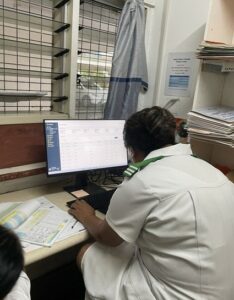 Recently BES were able to support the Samoa MOH in their response to the 2024 dengue outbreak. Using the positive case data they had available to them, we worked with the MOH to put together a dashboard and map overlays to show disaggregated case information at a highly granular level. This has enabled the MOH surveillance team to see where potential dengue hotspots are and prioritise their response. Dashboards and map overlays were updated hourly to ensure they had up to date information to act on.
Recently BES were able to support the Samoa MOH in their response to the 2024 dengue outbreak. Using the positive case data they had available to them, we worked with the MOH to put together a dashboard and map overlays to show disaggregated case information at a highly granular level. This has enabled the MOH surveillance team to see where potential dengue hotspots are and prioritise their response. Dashboards and map overlays were updated hourly to ensure they had up to date information to act on.
In addition to reporting on lab confirmed cases, syndromes such as dengue-like illness, are expected to be reported at the point of care through Tamanu which feeds through to syndromic surveillance dashboards on Tupaia. Whilst the implementation of Tamanu has not been completed yet, the data that is available helped authorities to locate the epicenter of the outbreak and to identify the population groups most affected (including by age and sex). Whilst the outbreak seems to currently be under control, dengue remains endemic in Samoa and the system remains in use for ongoing surveillance and investigation – since November last year, nearly 600 cases have been detected in the country.
This work is part of an eHealth strengthening project being undertaken with the Samoa MOH to help improve patient outcomes and give individuals accurate and reliable data for decision making.
Nauru
In response to the detection of Rotavirus cases in Nauru in April 2023, BES staff worked with the Nauru Ministry of Health and Medical Services to develop a digital rotavirus screening tool. In the space of just a day, the Rotavirus Community Screening Form was developed in Tamanu and was in use by the Community Outbreak Investigation Team. The team used this form to collect information on close contacts, vaccination status, symptoms and potential exposure routes.
Tupaia dashboards and map overlays were used to map screening progress and track case numbers and potential sources of infection such as food. The outbreak was quickly controlled and active case detection was able to quickly cease, saving money and time otherwise needing to be spent on a larger event.
Since the outbreak, BES have continued to work with Nauru MHMS to strengthen digital health capabilities across the nation, including further digitisation of the Notifiable Diseases system.
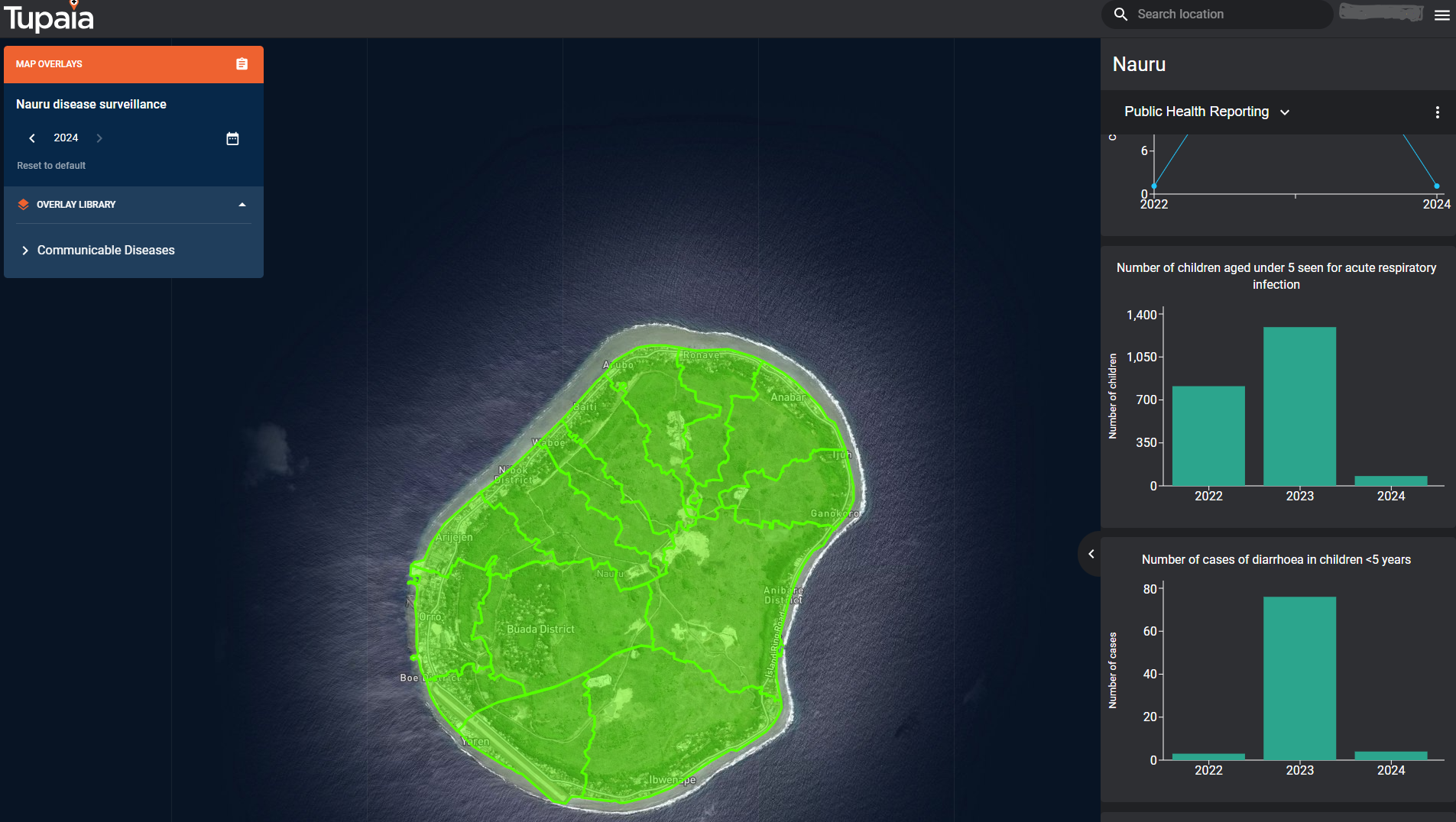
Sample data only shown
